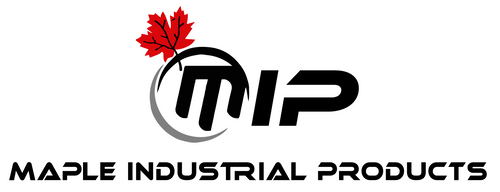There are a number of ways of identifying the type of cast iron that is to be welded.
Visual observation;
Grey and SG cast iron have a dirty, dark grey appearance due to the presence of graphite in the structure. White cast irons will have a whitish colour in a fracture in the casting. Malleable and austenitic cast irons have
a Cleaner appearance than grey or nodular.
Source of supply;
If possible, check with the supplier of the cast iron if at all possible.
Mechanical tests;
These are the best tests for identification.
Spark test
Touch the metal against a high speed grinding wheel and observe the sparks against a black background. SG cast irons look the same as malleable cast irons.
White Cast Irons
Produce a very small volume of thin red coloured spark close to the part being ground, tapering off to a small thin straw yellow coloured spark that is about 1’-6" long. The sparks are finer then greycast iron.
Grey Cast Irons
Produce a small volume of thin red coloured spark close to the part being ground, tapering off to a small thin straw yellow coloured spark that is about 2’-0" long. The sparks are courser then white cast iron.
Malleable Cast Irons
Produce a medium volume of larger straw yellow coloured sparks that are about 2’-6” long. The sparks have longer shafts then grey cast iron.
Chisel test
This test can be used to separate grey cast iron and malleable iron. Grey cast iron chips break easily, whereas malleable cast iron chips will curl.
Spectrographic analysis
Spectrographic analysis is the most accurate if an analyzer is available.
Welding Various Cast Irons
Although cast irons are considered weldable, they are much harder to weld then mild steel and the degree of brittleness and likelihood of cracking of the welded material will depend on the type of casting, the heat treatment, and the welding procedure that is followed. As an example, an SG cast iron is more likely to absorb welding stresses than grey cast iron.
In general most cast irons can be welded using all standard welding processes such as SMAW, FCAW, GMAW, Braze Welding. Below is a chart of the cast irons that can be welded using various consumables.
Welding Consumables
Fusion welding of cast irons is normally done with SMAW electrodes such as the Nickel 99 and Nickel 55 or their bare wire equivalents.
Braze welding of cast irons is normally done with brazing rods such as the bare of flux coated Low Fuming Bronze or the Nickel Silver.

Identifying Cast Iron Types
in MapleWeld






